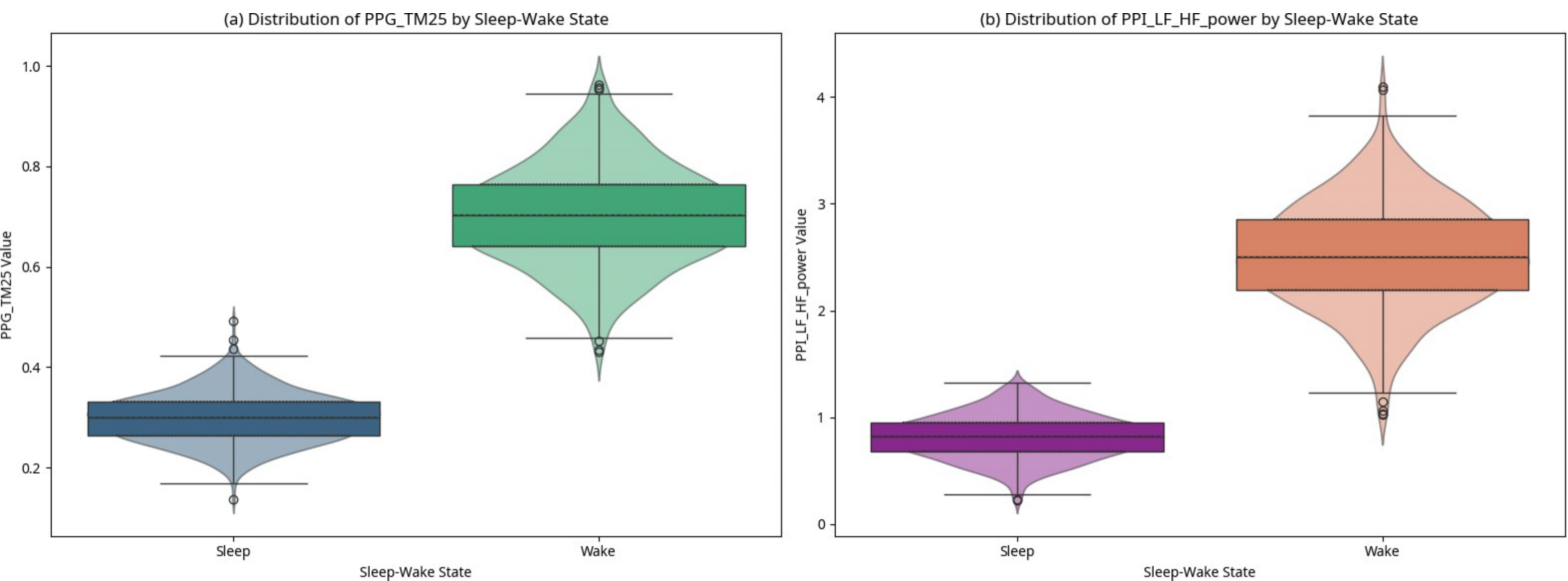Interpretable Feature Based Machine Learning for Automatic Sleep Detection Using Photoplethysmography: A Cross Disciplinary Approach to Health Management
Keywords:
Photoplethysmography (PPG), Sleep–wake classification, Interpretable machine learning, Feature engineering, Class imbalance (ADASYN), Random Forest, Wearable sensorsAbstract
Sleep disorders pose a significant global health challenge, impacting millions and leading to a myriad of adverse health outcomes. Accurate and accessible sleep wake classification is paramount for effective diagnosis, management, and the promotion of overall well being. While polysomnography (PSG) remains the gold standard, its high cost, invasiveness, and logistical complexities limit its widespread applicability. Photoplethysmography (PPG), a non invasive and cost effective optical technique, has emerged as a promising alternative for continuous sleep monitoring. However, existing PPG based sleep detection methods often lack interpretability, struggle with class imbalance, and rarely integrate cross disciplinary insights from design, engineering, business, and culture to enhance user experience and practical utility. This paper presents a novel interpretable feature based machine learning framework for automatic sleep detection using PPG, specifically designed to bridge these gaps. Leveraging a comprehensive dataset and employing advanced signal processing and feature engineering techniques, our model achieves robust sleep wake classification. Crucially, we integrate principles from user centered design to ensure intuitive data visualization, explore innovative business models for scalable deployment, and consider cultural nuances to foster broader adoption. Our findings demonstrate that a cross disciplinary approach not only improves the technical performance of PPG based sleep detection but also significantly enhances its clinical applicability and societal impact, paving the way for more personalized and effective sleep health management solutions.
Downloads






